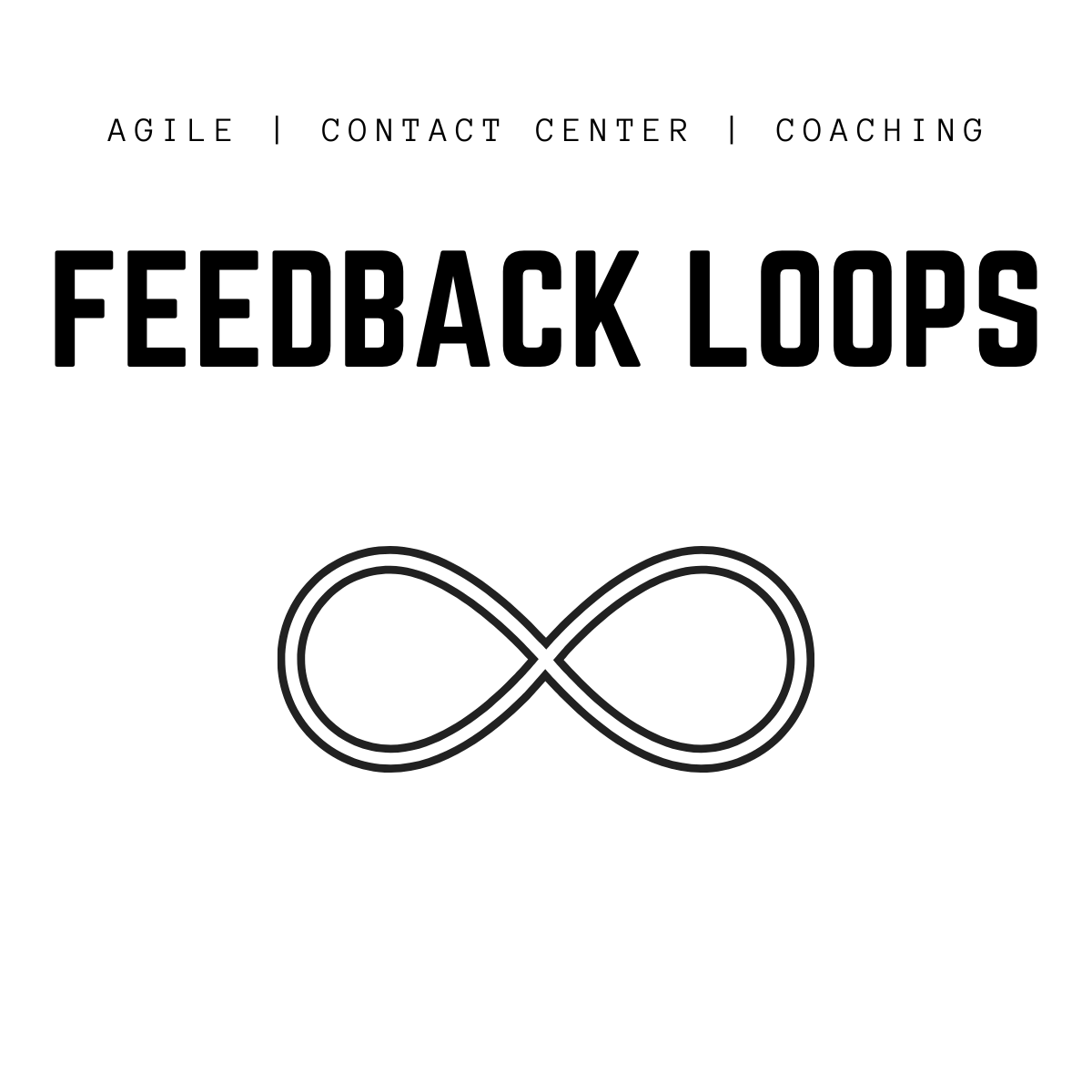⚡ In the fast-paced world of the automotive industry, where competition is fierce and customer expectations are ever-evolving, staying ahead requires more than just top-notch products and services. It requires a deep understanding of customer needs, preferences, and pain points. This is where Customer Feedback Loops (CFLs) come into play.
What are Customer Feedback Loops?
At its core, a Customer Feedback Loop is a strategy wherein businesses collect feedback from customers, analyze it, and then incorporate the insights into their offerings and strategies. The process doesn't end here, though. After implementing changes, businesses gather feedback again, forming a continuous 'loop' of improvement.
Importance for BDCs in the Automotive Sector:
Tailored Offerings: By gathering real-time feedback, BDCs can understand specific customer preferences, be it in terms of car models, service packages, financing options, or after-sales services. This allows them to tailor their offerings more closely to what customers genuinely want.
Issue Resolution: Immediate feedback helps in identifying bottlenecks or areas of dissatisfaction. Whether it's a delay in-car delivery, issues with online booking platforms, or dissatisfaction with car servicing, understanding these pain points allows BDCs to address them proactively.
Predicting Trends: Continuous feedback provides valuable insights into emerging trends. For example, if many customers inquire about electric vehicles or hybrid models, it indicates a growing interest in eco-friendly options.
Building Trust: Demonstrating that you value customer feedback and acting upon it fosters trust. This trust can translate into brand loyalty and increased sales in an industry where repeat business and referrals are golden.
Implementing Customer Feedback Loops:
Diverse Feedback Channels: Utilize various channels like surveys, social media, feedback forms at service centers, and online review platforms to gather feedback.
Real-time Analysis: Use analytics tools to process feedback in real time. This can help in instantly identifying issues and addressing them before they escalate.
Act and Communicate: Once feedback is analyzed, ensure it translates into actionable strategies. Moreover, communicate the changes to customers, letting them know their voice matters.
Review and Refine: The loop is continuous. Regularly review the feedback process itself to ensure it remains adequate and relevant.
Conclusion:
In the dynamic automotive landscape, where BDCs play a crucial role in driving sales and ensuring customer satisfaction, the importance of Customer Feedback Loops cannot be understated. They not only provide a roadmap for improvement but also help in building lasting relationships with customers.


